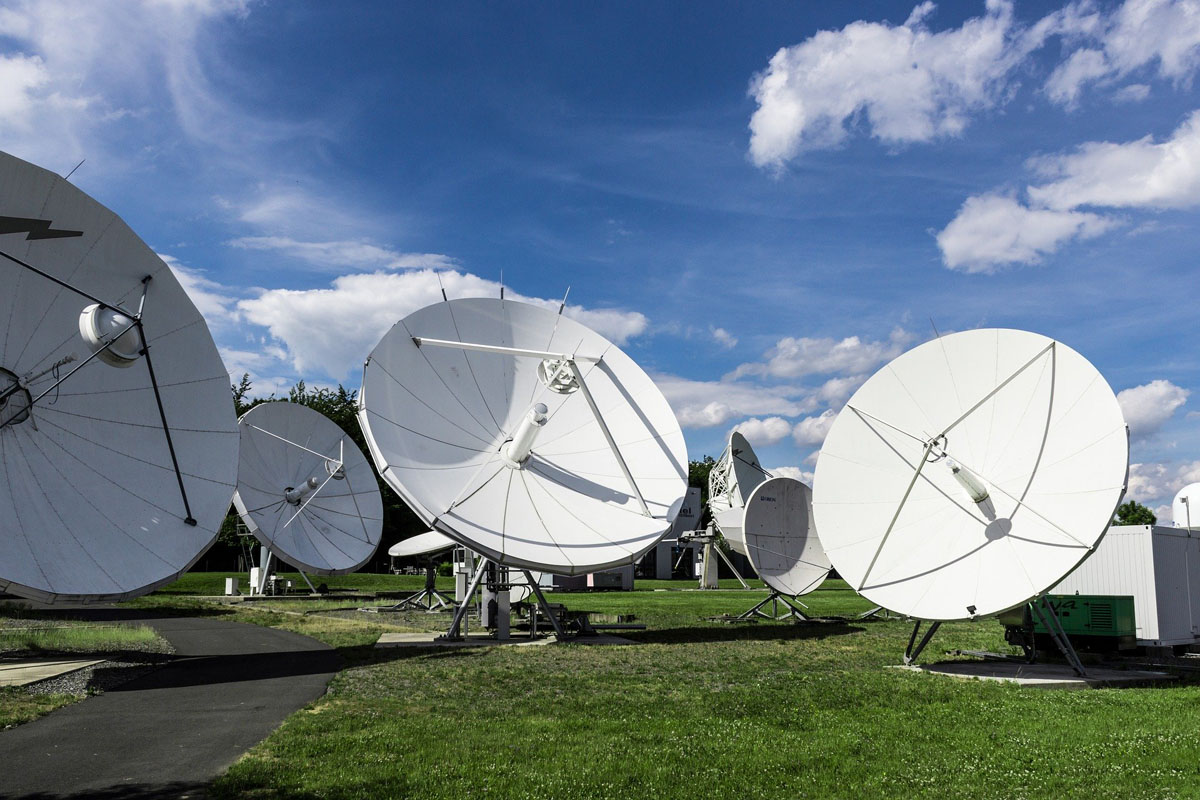VSAT / Satellite Network Engineering Workshop
3 DAYS
INSTRUCTOR LED WORKSHOP
“OUR COURSES CAN BE SPECIALLY TAILORED TO ADDRESS YOUR REQUIREMENT – TELECONTRAN”

COURSE OBJECTIVES
Communications speed is one of the major challenges faced by thousands of companies operating in remote or tough places around the world. As such, many companies choose to implement in their process flow, satellite systems that allow them to have an agile and independent communications network. Satellite Communications Systems is the only guide that covers the entire technology, from ground links through signaling, access, spacecraft, orbits and positioning.
This workshop is designed to provide a comprehensive understanding on the use and development of satellite communications and VSAT networks. The course provides principles and technologies used in the design and performance of satellite communications system.
After successful completion of this course participants will be able to:
- Explain the basic principles of Satellite Communication and the satellite communications architecture.
- Describe the concepts of satellite communication links, transponders, frequency bands, link budgets and how they are affected by antennas.
- Understand the modern satellite propagation, multiple access, modulation, coding schemes and orbital aspects.
- Illustrate VSAT based Satellite communication architecture and details of VSAT based communications system, such as propagation aspects, link design and analysis.
- Sketch about future of Satellite Communication and its application in 5G Networking.
COURSE CURRICULUM
This course is specially designed for strategic or technical managers, consultants, communications professionals, system engineers, network professionals, broadcasters who wants to explore satellite communication network and evaluate VSAT and other satellite communications products and service.

Module 1: Overview of Satellite Communication
- Introduction to Satellite communication
- History of Satellite Communications
- Types of Satellites
- VSATs and Applications
- Traffic and Services
- Basic link operation
- Regulatory issues and constraints
Module 2: Satellite Communication Principles
- Satellite Physical Architecture, Subsystems and Components
- Equipment suppliers and Service providers
- Satellite orbits
- GEO, LEO, MEO, HEO
- Kepler’s Laws and Orbital Parameters
- Inmarsat, Thuraya, Iridium, Globalstar
- Frequency Bands (L-Band, C-Band, X-Band, Ku-Band, Ka-Band and more)
- Satellite Communication Segments
- Satellite Transponder, Antennas and Ground Systems
- ISL (Inter Satellite Link) Communication
- ISL Applications to Commercial
- Long-distance free-space quantum key distribution in ISL
Module 3: Satellite RF Link Design
- Power, Noise and Link analysis
- The deciBel (dB), dBW, dBm, dBi
- Effective Isotropic Radiated Power (EIRP), Power Flux Density (PFD). Antenna Gain and Free-Space Path Loss
- Understanding satellite Link Budgets
- Principles of Modulation
- BPSK, QPSK, 8PSK, FSK, GMSK, QAM schemes
- Antenna Gain-to-Noise-Temperature (G/T)
- Symbol rate, bit rate
- Noise, power, C/N and Eb/No
- BER vs Eb/No
- Practical performance and limitations
- Principles of Coding
- Common coding schemes: Convolutional, Turbo, LDPC, Polar
Module 4: Satellite Link System Performance
- Propagation Mechanisms
- Absorption, Scattering, Refraction, Diffraction, Multipath, Scintillation, Fading and Frequency Dispersion
- TWTA vs SSPA
- Satellite Multiple Access
- PCM/TDM/PSK/FDMA, TDMA, CDMA
- Aloha / Contention schemes
- SCPC, DAMA
- Mobile Satellite Principles (GMR)
Module 5: VSAT System
- VSAT Network Architecture
- Basic VSAT Components
- VSAT Applications
- Expansion requirements
- Connectivity (star or mesh, full time or occasional)
- VSAT terminal configuration and design
- Military VSAT systems
- Military satellites and terminals
- Military Reconnaissance Satellites (ISR)
- Threats and countermeasures
Module 6: VSAT Installation Design and Propagation
- VSAT installation criteria and techniques
- LNB, TRF, BUC, IFL, OMT, waveguide
- Elements of VSATs
- Terminal design criteria
- Earth Stations and VSAT Terminals
- VSAT Antennas
- VSAT Dish Pointing Concepts
- VSAT Footprints
- Solar outages
- VSAT Return Link (RL) and Forward Link (FL)
Module 7: Digital Video Broadcast
- DVB principles and standards
- Satellite: DVB-S, DVB-S2 and DVB-SH
- Cable: DVB-C, DVB-C2
- Terrestrial television: DVB-T, DVB-T2
- Digital terrestrial television for handhelds: DVB-H, DVB-SH
- Microwave: using DTT (DVB-MT), the MMDS (DVB-MC), and/or MVDS standards (DVB-MS)
Module 8: Applications of Satellite Communications
- Voice over IP, voice quality, compression algorithms
- VPN: resolving conflicts with TCP and HTTP acceleration
- Video Teleconferencing: H.320 and H.323
- GPS
- Fixed Broadband and Mobile Services for Rural and Remote areas
- Application of cognitive radio techniques to satellite communication
- Security approaches in satellite communication
Module 9: Future of Satellite Communications
- SATCOM Challenges and Issues
- Smart antenna system and its application
- Satellite Internet Access
- Starlink Satellite Communication
- 5G Satellite Communication – Non Terrestrial Network (NTN) Communication
TRAINING/WORKSHOP | DURATION | TRAINING DATE | LOCATION |
VSAT / Satellite Network Engineering Workshop | 3 Days | 16th January – 18th January 2024 | Dubai, UAE |
OUR HAPPY CLIENTS
WHAT OUR CLIENTS SAY ABOUT TELECONTRAN !!
The workshop gave me a clear understanding on the overview of VSAT systems, the different regulations and regulatory bodies who are involved in satellite and the internal mechanisms in VSAT.
The training provided in depth knowledge and complete overview of Satellite communications along with satellite governance and applications.
The workshop is very well delivered and the explanations on VSAT Design, Link Budget, Link Analysis etc. are very clear to understand.
There was very clear explanation on aeronautical, maritime and 5G along with many use cases which will help with future assignments.
It was a good training with more exposure on communication technology system.

